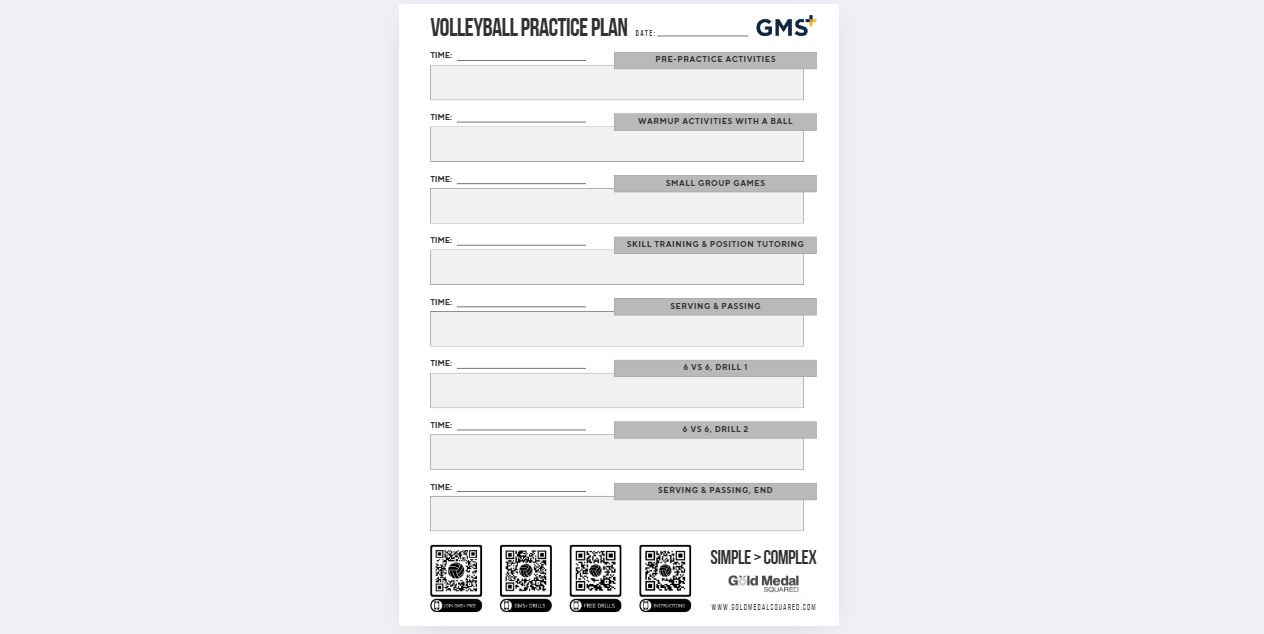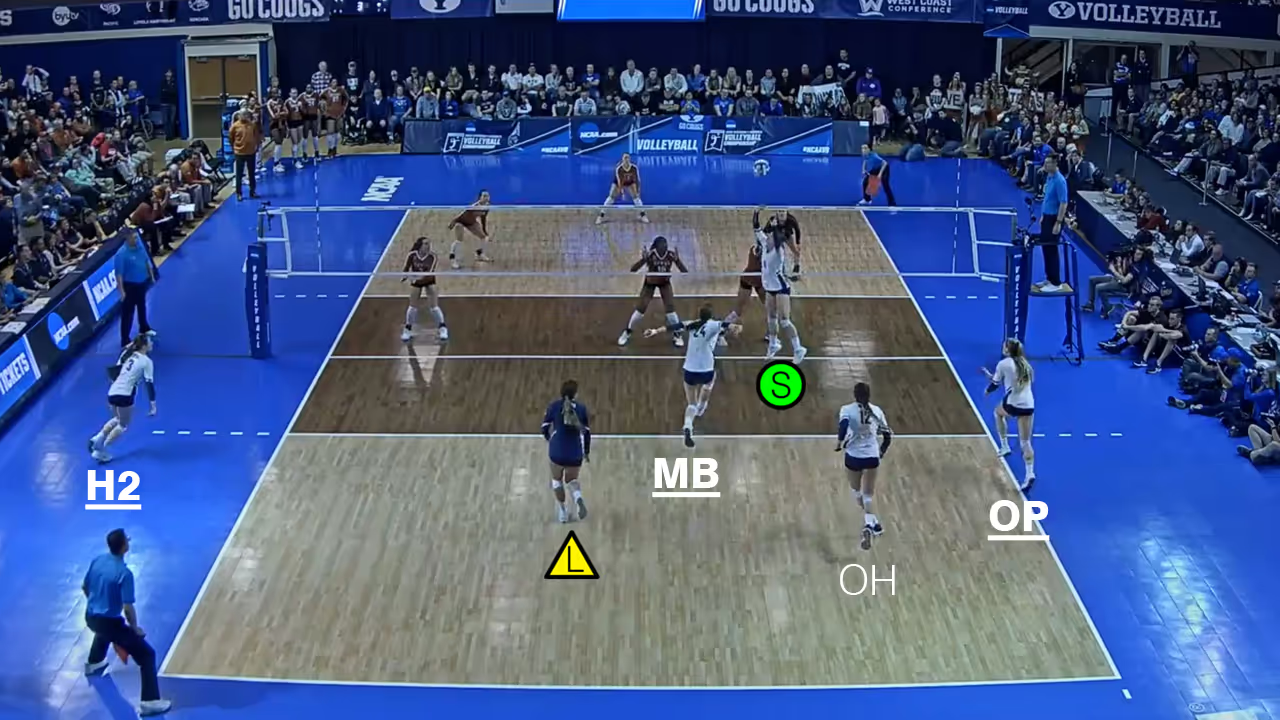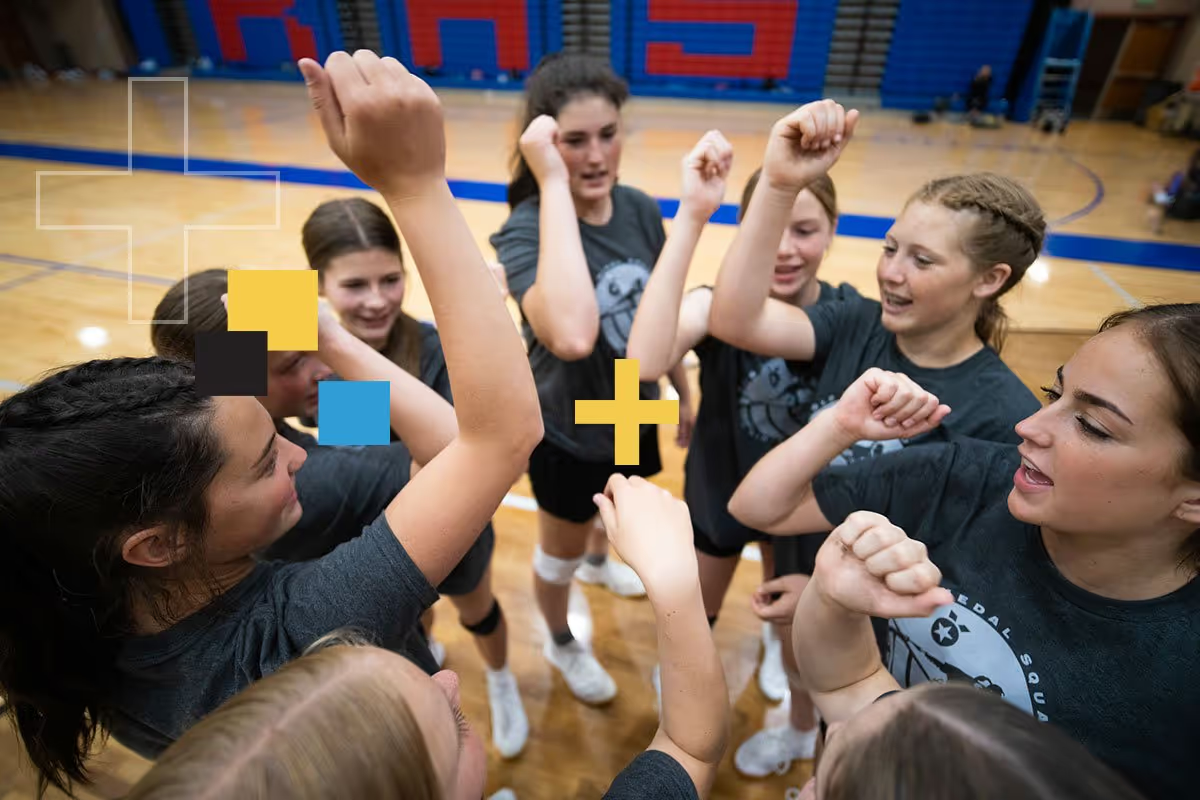How to Structure an Effective Two-Hour Volleyball Practice
Volleyball coaches wear a lot of hats. They’re expected to be email marketers, social media managers, videographers, public relations specialists, customer service representatives, and fundraisers—and all of that comes before they even start coaching volleyball.
Among the many responsibilities coaches face, practice planning should be near the top of the list. A well-designed practice gives players the opportunity to develop the fundamentals, improve techniques, and learn offensive and defensive systems that lead to long-term success.
Across the country, the most common practice duration is two hours. Club teams often train in 4:00–6:00, 6:00–8:00, or 8:00–10:00 blocks. High school and college programs frequently use similar two-hour windows.
So the big question is:
What should those two hours look like?
At Gold Medal Squared Coaching Clinics, we often say that “coaching is like rocket science.” Coaches make countless decisions every day—each drill, variation, duration, court setup, and grouping creates millions of possible practice combinations.
Instead of outlining every potential variation, this article provides a simple, proven template you can use to run an effective two-hour volleyball practice for teams of any age or skill level.
A Two-Hour Volleyball Practice Plan Template
CLICK HERE to download or print our two-hour volleyball practice plan template.
10 Minutes Before Practice: Pre-Practice Activities
We’re big fans of “pre-practice” work. Players can use this time to:
- Practice attacking footwork
- Work on blocking footwork
- Get comfortable with foundational movement patterns
These short, simple activities let athletes walk into practice already engaged and improving.

Click here to access our library of pre-practice activities on GMS+.
0:00–0:15 — Warm-Up With a Ball
Every practice needs a warm-up, but it should be done with volleyballs, not laps around the gym.
Great warm-up activities include:
- Over-the-net pepper variations
- A few minutes of serving
- A few minutes of passing butterfly
This warm-up serves two purposes:
- Athletes get physically warm.
- They get better at volleyball—which is the whole point of practice.
Use multiple warm-up activities during this time to build momentum and engagement.
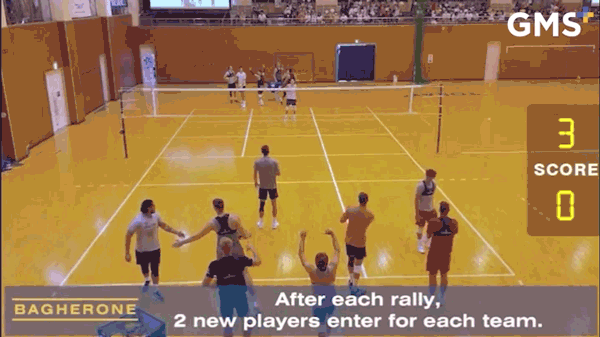
Click here to access our library of volleyball warmup drills on GMS+.
0:15–0:30 — Competitive Small-Group Games
Once players are warm, introduce high-energy, small-group competition. Great options include:
- Speedball
- Queen/King of the Court
- Short court
- Doubles or triples tournaments
Mix up teams to ensure that players compete with and against a variety of teammates.
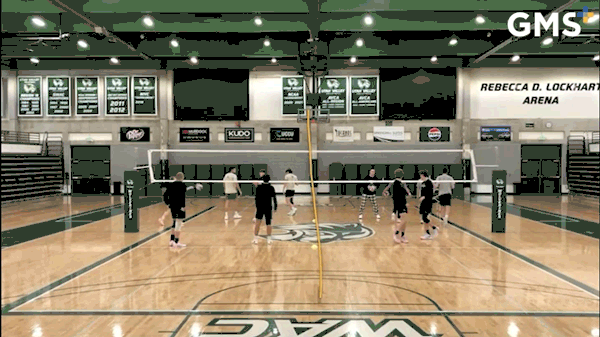
Click here to access our library of volleyball small group games and tournaments on GMS+.
0:30–0:45 — Targeted Skill Work
This segment is perfect for specific, focused skill development—especially if you have multiple courts.
Examples include:
- Middles working on transition attacking
- Liberos/passers focusing on serve receive
- Setters working on footwork and release mechanics
- Outside hitters practicing approaches and timing
Think of this block as “refinement time” before moving into full-play situations.
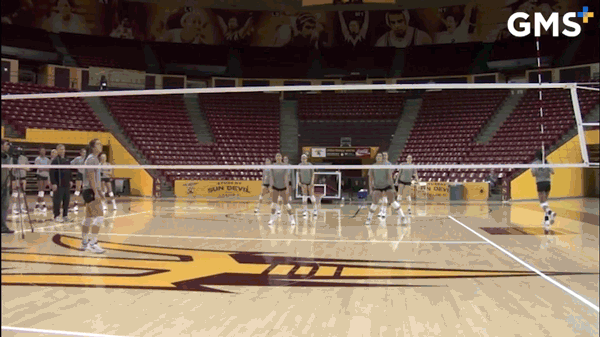
0:45–1:00 — Serving & Passing Emphasis
Even though each of the earlier segments included some serving and passing, dedicating focused time to these crucial skills is invaluable.
Great servers-vs-passers games include:
- Tug-of-War
- Games to 21
- Ten in a Row Passing
Serving-only options:
- On the Mat
- 2x2x2x2
This keeps skill development targeted and measurable.

Click here to access our library of serving and passing volleyball drills on GMS+.
1:00–1:25 — First 6-on-6 Segment (Slower-Paced)
At the halfway point, it’s time for team play.
Begin with a controlled, slower-paced 6-on-6 drill such as:
- Ball, Setter, Ball, Hitter
- Position Tournaments
- Seven Ball
A 25-minute game mirrors the duration of a real set to 25 points, helping athletes prepare physically and mentally for the demands of a typical volleyball set.
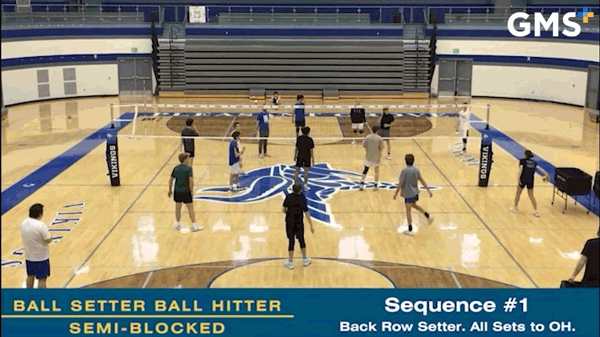
Click here to access our library of 6-vs-6 volleyball drills on GMS+.
1:25–1:50 — Second 6-on-6 Segment (High Energy)
As practice nears its end, shift to a faster-paced, high-intensity 6-on-6 drill. Great options:
- USA
- Serve-Bounce
- Red Zone
- Gorny’s Gauntlet
- Scramble to 7
Changing the drill keeps players engaged while reinforcing team systems under pressure.

Click here to access our library of 6-vs-6 volleyball drills on GMS+.
1:50–2:00 — Finish With Serving & Passing
End practice the way many basketball coaches end theirs—with focused repetition on essential skills.
Options include:
- A final servers-vs-passers game
- A competition-based serving game
- Pressure serving challenges
Finishing with serving and passing reinforces discipline, focus, and mastery of the two most important skills in volleyball. Many elite basketball coaches end practice with free throw drills. Volleyball coaches can implement this same idea by ending volleyball practice with serving and passing exercises.
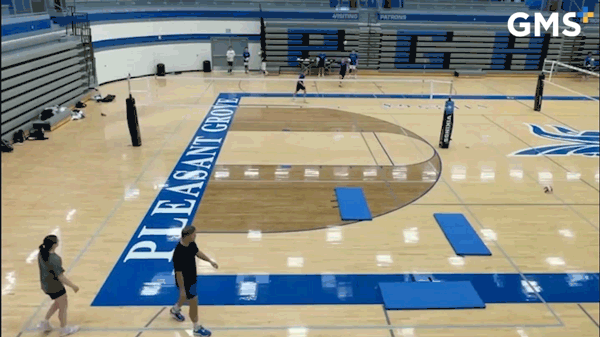
Click here to access our library of serving and passing volleyball drills on GMS+.
Your Volleyball Practice Plans - Final Thoughts
Having a simple, repeatable structure allows coaches to spend less time stressing about planning and more time coaching. This two-hour template is adaptable, works for all age groups, and ensures your athletes get a balanced mix of fundamentals, competition, and game-like play.
CLICK HERE to download or print our two-hour volleyball practice plan template.
Simple > Complex
This is one of our favorite principles. Volleyball coaches don't need complex, complicated, unique practice plans every day. Following this simple template, even for an entire season, will make practice sessions simpler for coaches and players. Of course, coaches may make changes and adjustments as needed, but shouldn't feel the need to make each practice session an entirely new production.
CLICK HERE to download or print our two-hour volleyball practice plan template.



